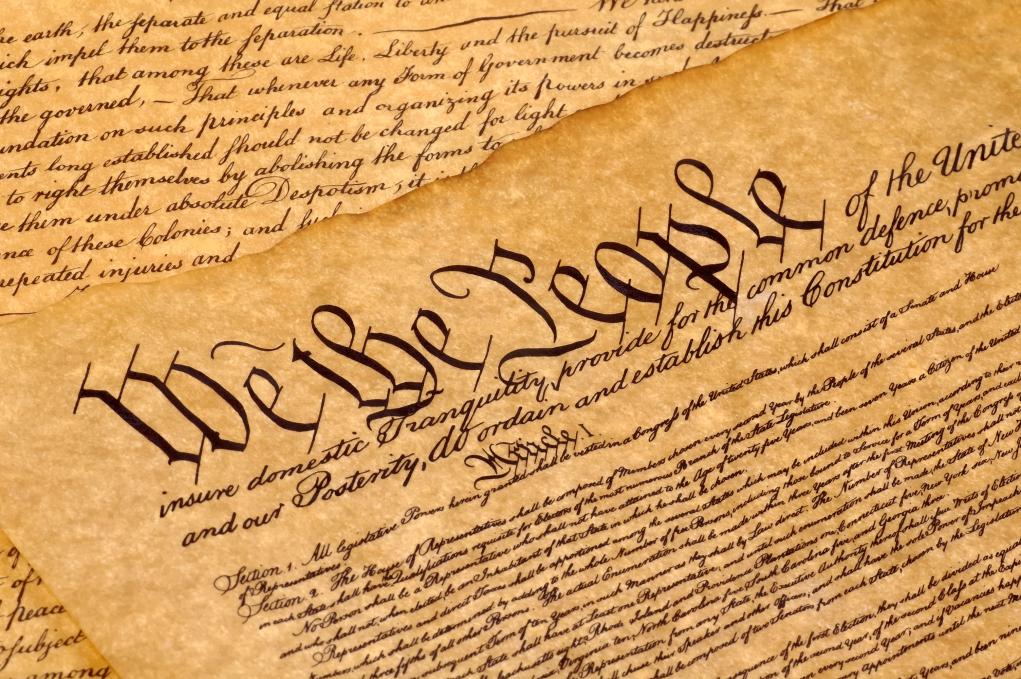
The Constitution was created with the government in mind. The idea was to create a system of checks and balances so that no one government entity had too much power. Instead, any single branch of government may be “checked” by another. For the most part, the people would determine who might be a part of each branch, though the definition of “the people” changed over time. The result was a document that outlined the roles and functions of government but placed no limits on what it could not do.
Stamp Act
Americans never really got over the Stamp Act. The British government created this act, sparking a debate destined to change the face of American society. The Stamp Act was Britain’s way of trying to recover some of its lost funds. It forced Americans to place a tax stamp on all legal documents. To make matters worse, soldiers enforced the act by bursting into colonists’ homes to check said papers, whether they had a reason to or not. Thus began the rallying cry of “No taxation without representation.” Colonists felt that they were being asked to pay taxes to an entity, but had no recourse or representation in parliament.
Other affronts to their personal lives involved a lack of a trial by jury, or local representation, for which they argued they would gladly pay taxes. Colonial resentment built and ultimately led to the Revolutionary War. Through the Constitution, our founders sought to prevent similar issues from happening ever again.
Constitution
Originally, American operated under the Articles of Confederation. These articles put the power in Congress but also prevented it from raising funds of its own. Another issue was that to move forward on anything, votes had to be unanimous. The Constitutional Convention was created and met in 1787 and the Constitution was born. A little over 70% of the delegates involved originally signed it, with many of those refusing on the basis that there was no Bill of Rights.
Unalienable Rights
In 1789, James Madison proposed 12 amendments, 10 of which were passed and are now known as the Bill of Rights. The premise was that human beings have “natural rights” or “unalienable rights” simply by being human beings. Among those presented were the very ones violated during the Stamp Act fiasco, such as illegal search and seizure and the right to a fair and speedy trial by a jury of peers.
The Bill of Rights safeguarded personal liberties and reserved rights to the people or to states which were not specifically named to the federal government by the Constitution. Additionally, the 10th Amendment specifically reserved states’ rights, allowing states more autonomy in setting laws and managing affairs independently so long as they abided by the Constitution.
Since the adoption of the Bill of Rights, 17 more amendments have been added to the Constitution. The Bill of Rights, known as the “law of the land,” is considered a foundational human rights document in history.






















